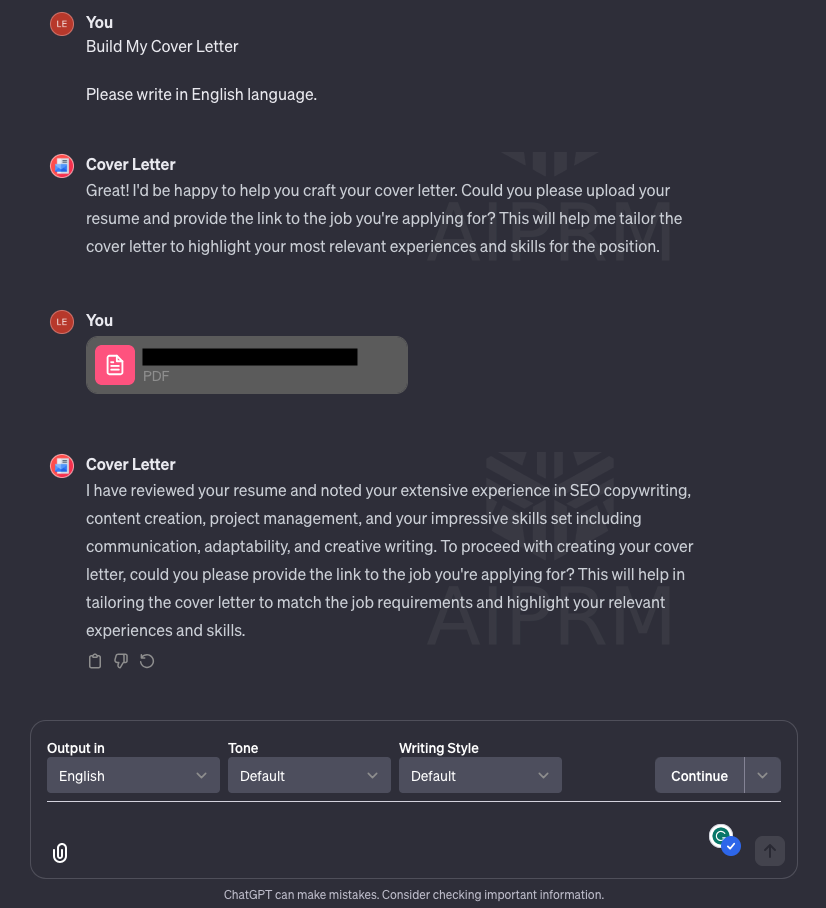How to Manage Remote Freelancers and In-House Staff for Optimal Productivity
Managing a team of remote freelancers and in-house employees can be challenging, but highly rewarding when approached with the right strategies.
In recent years, there has been a significant shift in how people work, with a growing number embracing flexibility or remote work.
As a result, managers must adapt their leadership styles to maintain productivity and accountability across diverse working arrangements.
Here’s a guide to help you effectively manage remote freelancers and in-house staff, ensuring consistent productivity while fostering a positive working environment.
Understanding the Key Differences Between Remote Freelancers and In-House Staff.
To manage a team of remote freelancers and in-house staff effectively, it is crucial to understand the key differences between these two groups.
These differences influence how you interact with and manage them to ensure optimal productivity.
Freelancers and Flexibility
Freelancers often enjoy greater flexibility regarding work hours and location, which can lead to higher autonomy.
Given the nature of business development, freelance sales representatives often have the freedom to take on multiple clients and manage lead generation campaigns, sales meetings, and contract negotiations virtually.
However, this flexibility can also present challenges, such as difficulty aligning schedules or maintaining clear communication.
Platforms such as Loopcv help freelancers automate the job search process, allowing them to jump from project to project easily. Freelancers usually work on multiple projects, which can divide their focus and impact their productivity.
Image source: Pexels
In-House Staff Structure
On the other hand, in-house employees operate within a more structured environment with fixed working hours, well-defined roles, and frequent face-to-face interaction.
They benefit from a stronger sense of accountability, clearer communication channels, and a deeper connection to the company’s culture and values.
These factors generally lead to higher engagement, collaboration, and trust than freelancers.
Productivity Challenges
One key difference is the risk of burnout. Freelancers, who often juggle multiple clients or projects, can negatively affect the quality of a freelancer’s work and overall productivity.
In contrast, in-house staff benefit from team cohesion, which tends to buffer them against stress and burnout.
How to Manage Remote Freelancers for Optimal Productivity
Managing freelancers can be tricky, especially since they are less visible than in-house employees.
However, with the right approach, you can ensure that freelancers remain productive and accountable.
Common Challenges When Managing Freelancers
- Schedule Coordination: Aligning schedules with freelancers, who may be in different time zones, can be difficult.
- Communication Gaps: Inconsistent freelancer communication may lead to missed deadlines and misunderstood project requirements.
- Accountability: Without frequent oversight, freelancers may lack the same level of accountability as in-house employees.
- Motivation: Building a personal rapport with freelancers can be challenging, making it harder to motivate them.
- Company Culture: Freelancers may struggle to integrate with their in-house team and company culture.
- Distractions: Freelancers working from home may face distractions that reduce productivity.
- Technical Issues: Connectivity problems or personal emergencies can hinder progress, leading to lost productivity.
Solutions for Managing Remote Freelancers
To overcome these challenges, here are some productive strategies for your freelance team:
- Set Clear Objectives: Ensure each freelancer understands the project goals, deadlines, and key deliverables. Clear expectations prevent confusion and enable freelancers to manage their time effectively.
- Encourage Ownership: Motivate freelancers to take ownership of their work. When they feel invested in the outcome, they are more likely to meet deadlines and deliver high-quality results.
- Optimize Home Office Setups: Freelancers need an effective home office to remain productive. Ensure they have the tools and equipment necessary for their tasks, such as reliable internet, project management software, and communication tools. IT procurement services can also help streamline the sourcing and setup of essential hardware for remote workers.
- Establish Communication Protocols: Regular check-ins, whether via email, chat, or video calls, are essential for maintaining consistent communication. Set clear standards for when and how freelancers should report progress and ask questions.
- Use Productivity Tools: Leverage tools like Trello or Airtable to track the progress of freelancers and keep everyone on the same page. Marketing tools such as local SEO statistics can also help your marketing team improve their strategies. Asana and Slack, on the other hand, are practical communication tools. These tools provide the necessary help to improve your team’s productivity.
- Time Tracking: Implement time-tracking tools to ensure accountability. Time tracking ensures freelancers use their time effectively, giving you insight into how long specific tasks take.
- Provide Regular Feedback: Consistent feedback helps freelancers understand where to improve and reassures them when performing well. Positive reinforcement fosters long-term motivation and encourages productivity.
- Offer Flexibility but Avoid Micromanagement: While regular check-ins are necessary, avoid micromanaging your freelancers. Trusting them to do the job without constant oversight empowers them and builds respect.
Image Source: Pexels
How to Manage In-House Staff for Optimal Productivity
Managing in-house staff offers unique challenges, from maintaining motivation to ensuring consistent communication and addressing performance issues.
Common Challenges When Managing In-House Staff
- Maintain Motivation: keeping employees engaged and motivated is a continuous challenge, especially when tasks become routine.
- Feedback Sensitivity: Some employees may struggle to accept constructive criticism, hindering performance improvement.
- Effective Communication: Ensuring employees feel valued and understood requires clear and consistent communication.
- Performance Issues: Promptly Addressing performance issues is critical to prevent them from recurring problems.
- Meeting Overload: Lengthy or necessary meetings can drain productivity.
- Conflict Resolution: Managing interpersonal conflicts within a team can disrupt productivity.
- Prevent Burnout: Employees who overwork or lack proper breaks may experience burnout, severely impacting performance.
Solutions for Managing In-House Staff
To ensure optimal productivity within your in-house team, consider these strategies.
- Update Equipment and Software: Outdated equipment can be a major roadblock to productivity. Regularly update hardware and software to ensure your team has the tools to work efficiently.
- Encourage Short Breaks: Encourage employees to take short breaks throughout the day to recharge. This can help prevent mental fatigue and improve focus.
- Implement an OpenDoor Policy: Employees who can approach their managers with issues or questions are more likely to solve problems quickly and remain productive. Foster an environment where your staff feels comfortable seeking help.
- Promote Initiative and Problem-Solving: Encourage employees to address challenges and solve problems proactively. When staff members feel empowered to contribute ideas, their motivation and engagement increase.
- Provide Regular Feedback: Like freelancers, in-house employees thrive on feedback. Regularly acknowledge their contributions and provide constructive criticism when needed.
- Optimize Communication: Keep team communication efficient by limiting meetings to only what’s necessary. A quick email or message may often be enough to communicate minor updates.
- Monitor for Burnout: Be mindful of employees’ workloads and stress levels. Encourage work-life balance by promoting breaks, time off, and wellness initiatives.
- Conflict Resolution: Address team conflicts promptly and professionally to maintain a harmonious work environment. Open communication and mediation can help resolve issues before they escalate.
Conclusion
Effectively managing remote freelancers and in-house staff requires understanding their unique challenges and finding solutions tailored to their needs.
While freelancers benefit from flexibility and autonomy, they need consistent communication, clear objectives, and accountability tools to stay productive.
On the other hand, in-house staff thrive in a structured environment where their ideas are valued, their workloads are manageable, and their contributions are recognized.
Ultimately, successful team management comes down to adaptability and clear communication.
With the right approach, freelancers and in-house employees can contribute meaningfully to your organization’s success, boosting productivity and fostering a positive work environment.



